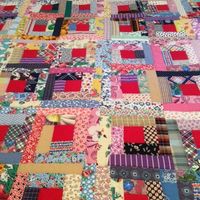November 2, 2021
If we were Mexican this is the day my dad would be home for a visit.
If we lived in Oaxaca we would decorate an ofrenda, an altar, to welcome him. The strong scent of marigolds and burning incense would help him find his way home from the other world. He would be hungry and thirsty from the journey, so fruit and nuts and special pan de muerto sitting on the altar would be ready to dip in hot chocolate. We would have mezcal, or maybe rye, for him. Mementos would be set out: his photo, a toy airplane, maybe a peacock ornament or a few Canada geese.
That's what Day of the Dead is all about. People of all ages will be sitting around graves all night to join the souls of their loved ones who return once a year. Food and drinks are served with lots of stories and good cheer. A roaming mariachi band may stop to play the favourite songs of the departed spirits.
It's a congregation of the living and the dead for a nighttime picnic.
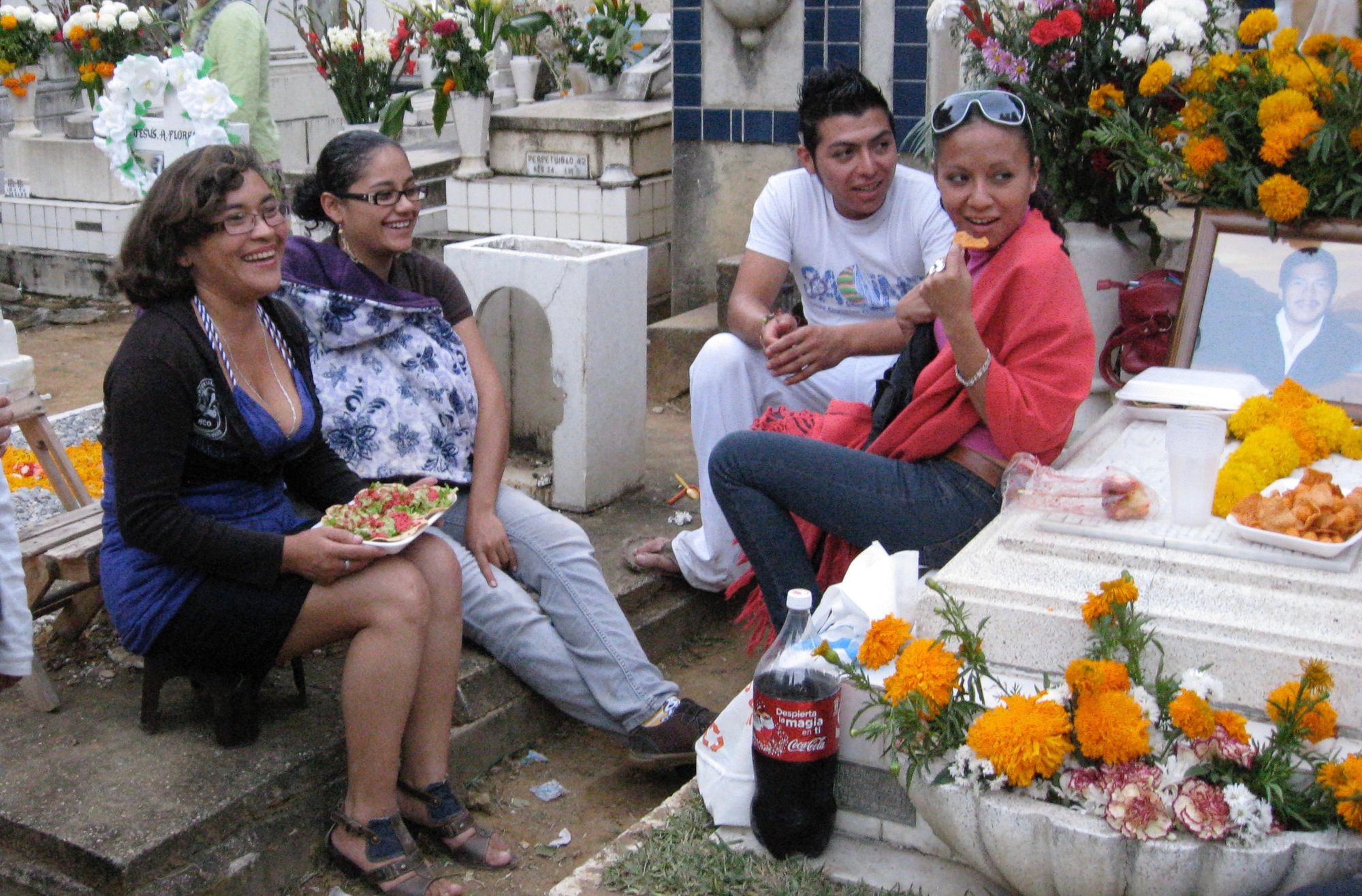
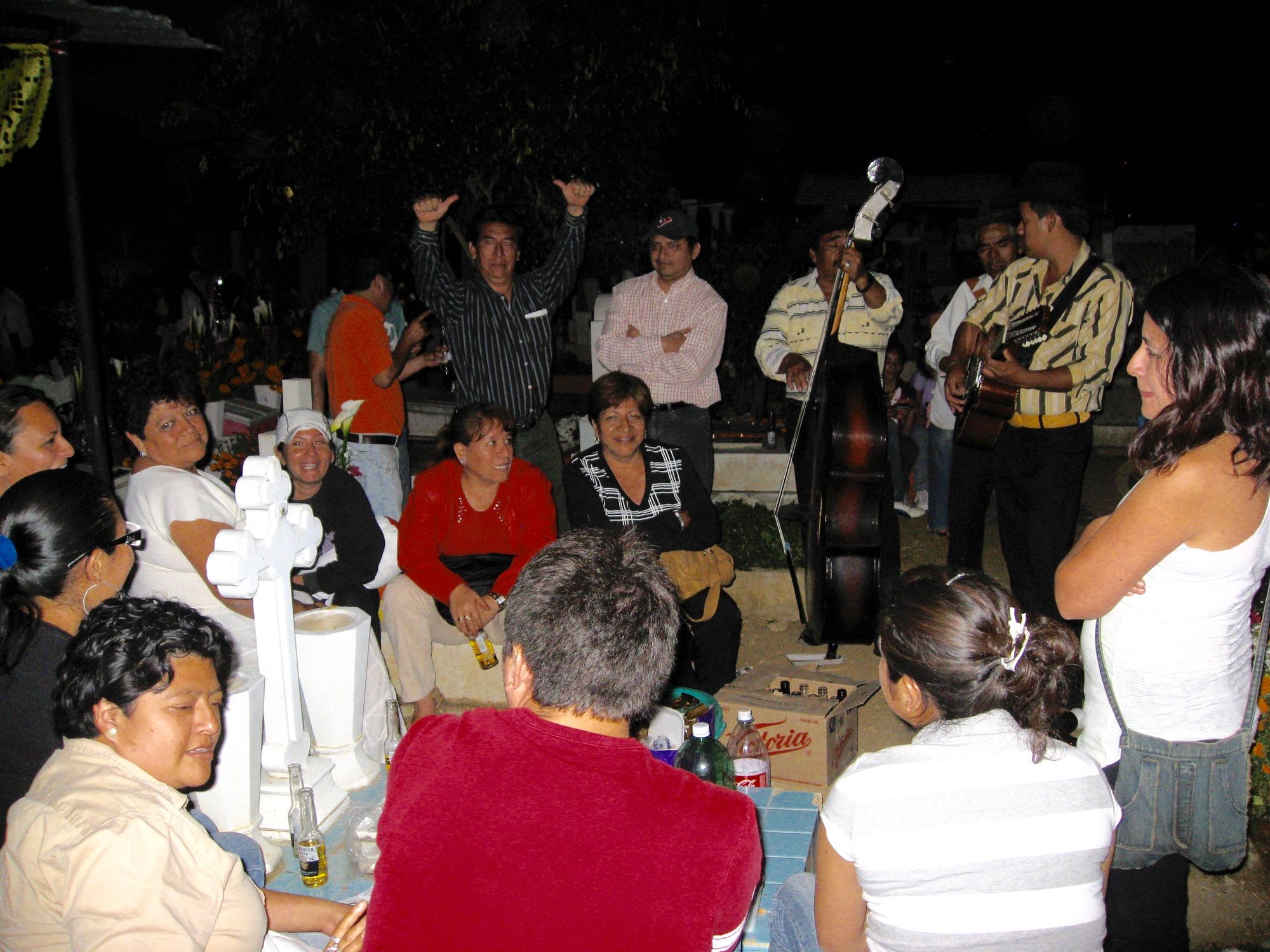
Families will have tidied and decorated grave sites all week and bought flowers by the armloads.

Día de los Muertos and Halloween share the same time of year and symbols of skulls and skeletons, but that's all they have in common. This celebration goes back three thousand years and is an authentic part of Oaxacan life. It shows respect for loved ones that have died and a deep understanding that death is a part of life. It's a serious time and a fun time.
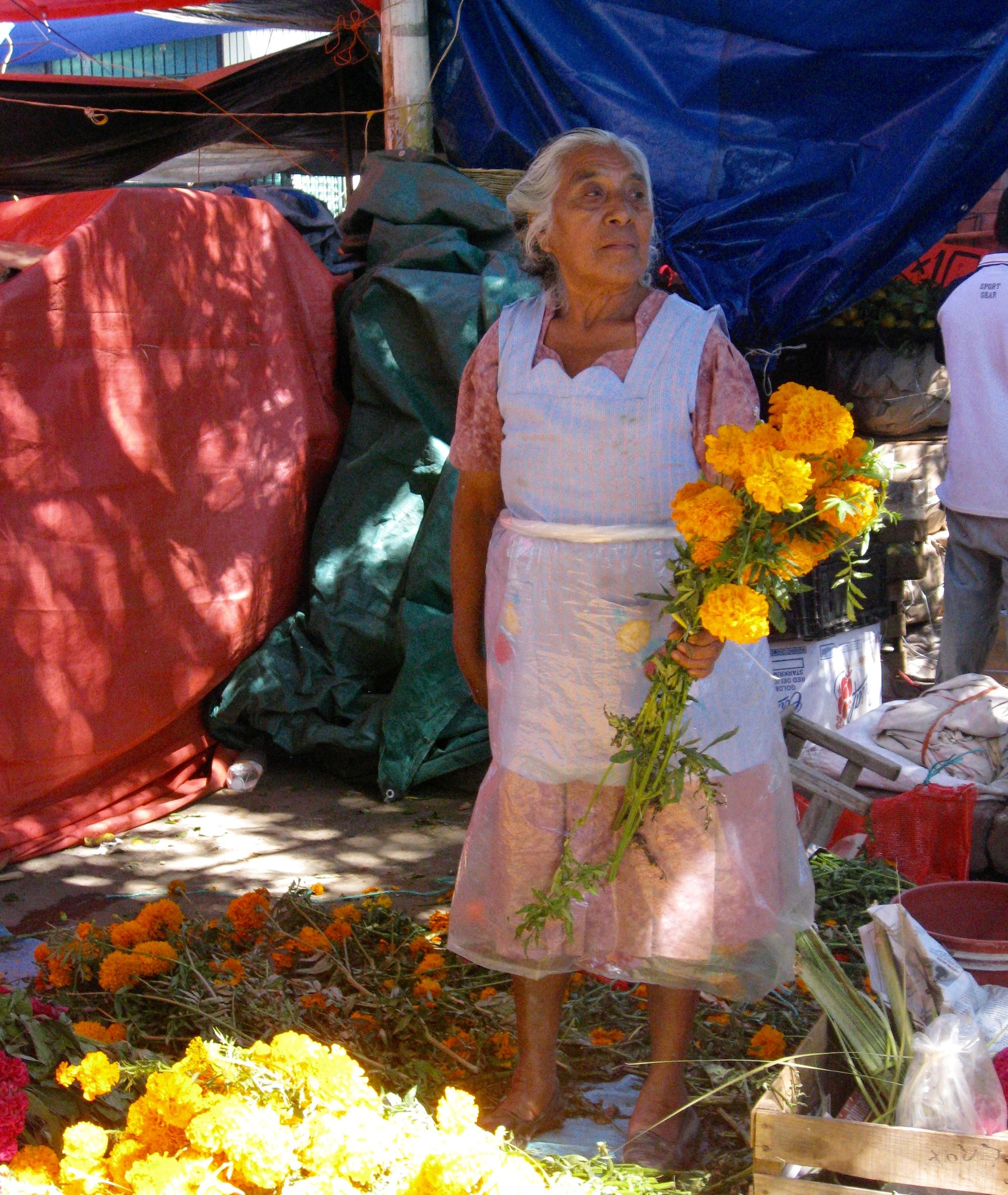
The parades and large public fiestas have been cancelled again this year due to Covid and some cemeteries are closed to tourists, but family traditions are strong, and from what I hear the vibrant culture of all-night vigils is unstoppable.

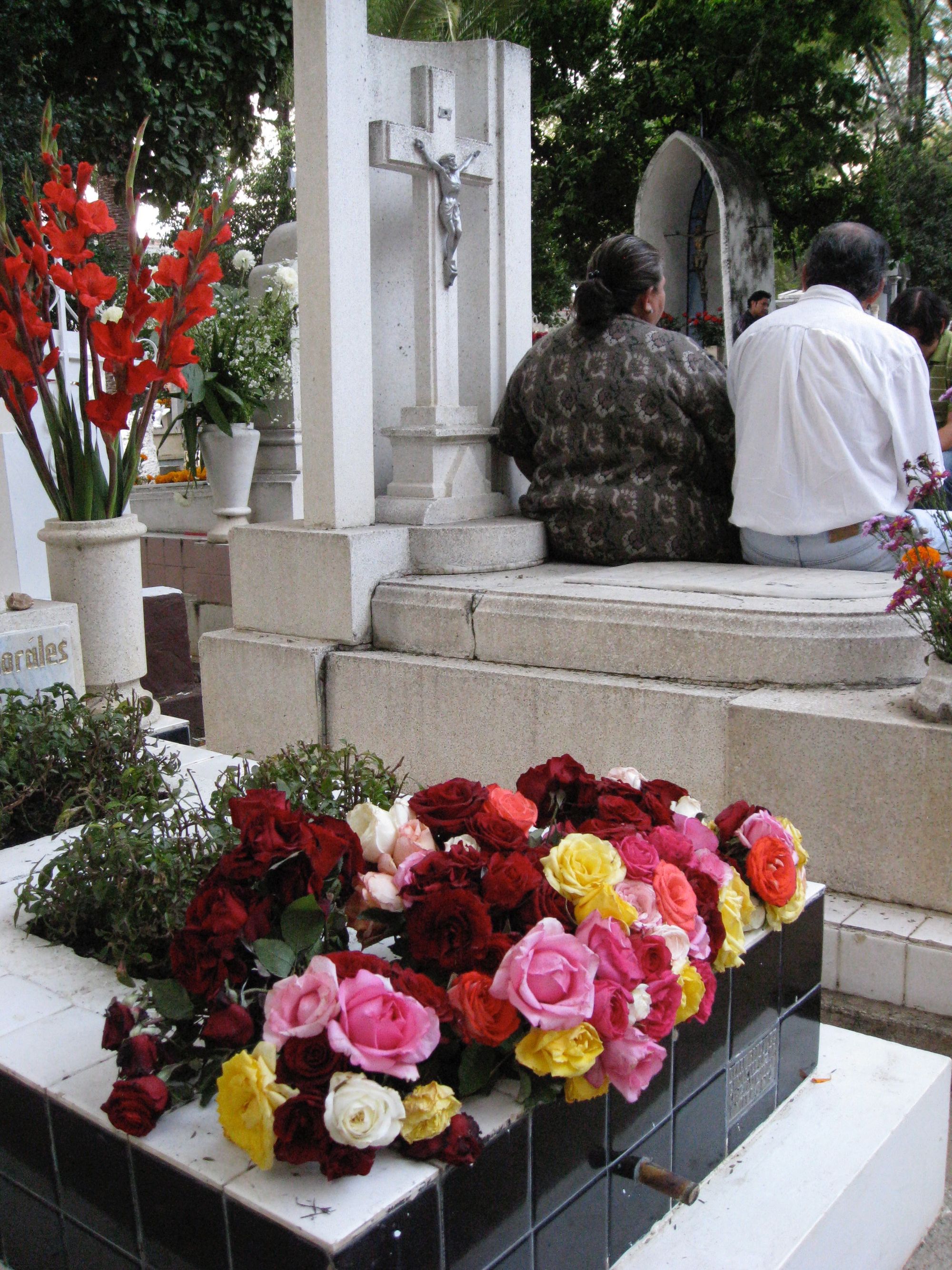
In 2011 I went to Oaxaca in the fall especially to see this celebration. I spent three evenings with Mexican friends in the Panteón General, the largest city cemetery, and in Xoxocotlán cemetery. Thousands of candles and even more flowers. It was a fascinating and beautiful and heart-warming experience.
We chatted with strangers who offered us food and invited us to sit with them. An abuelita, the grandmother of the girl below, put a small glass of her homemade mezcal in my hand, part I drank and part I poured out into the darkness. The girl's mother, whose portrait is on the headstone, had died a few years earlier. The family were smiling and friendly as they talked about her.
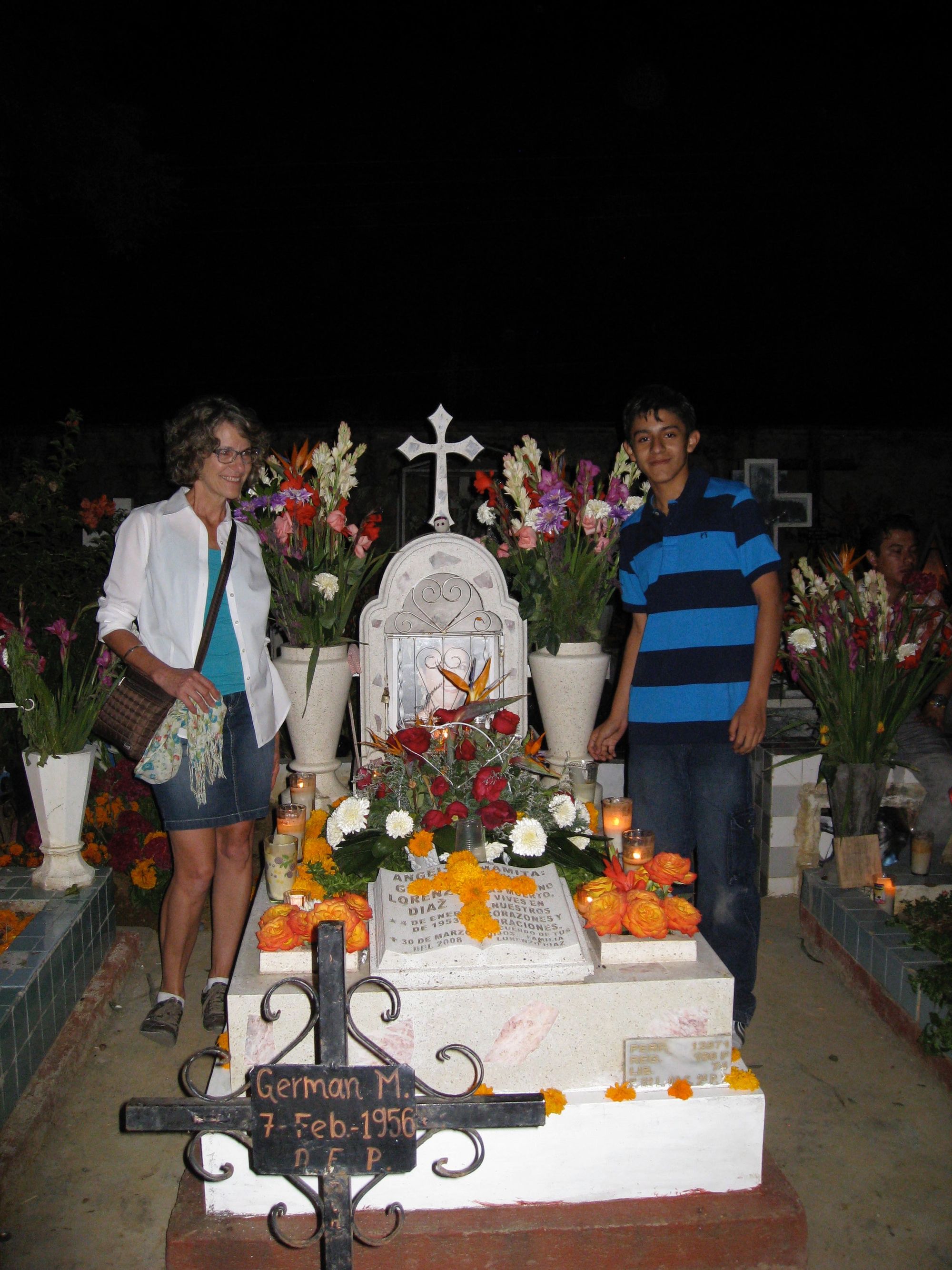
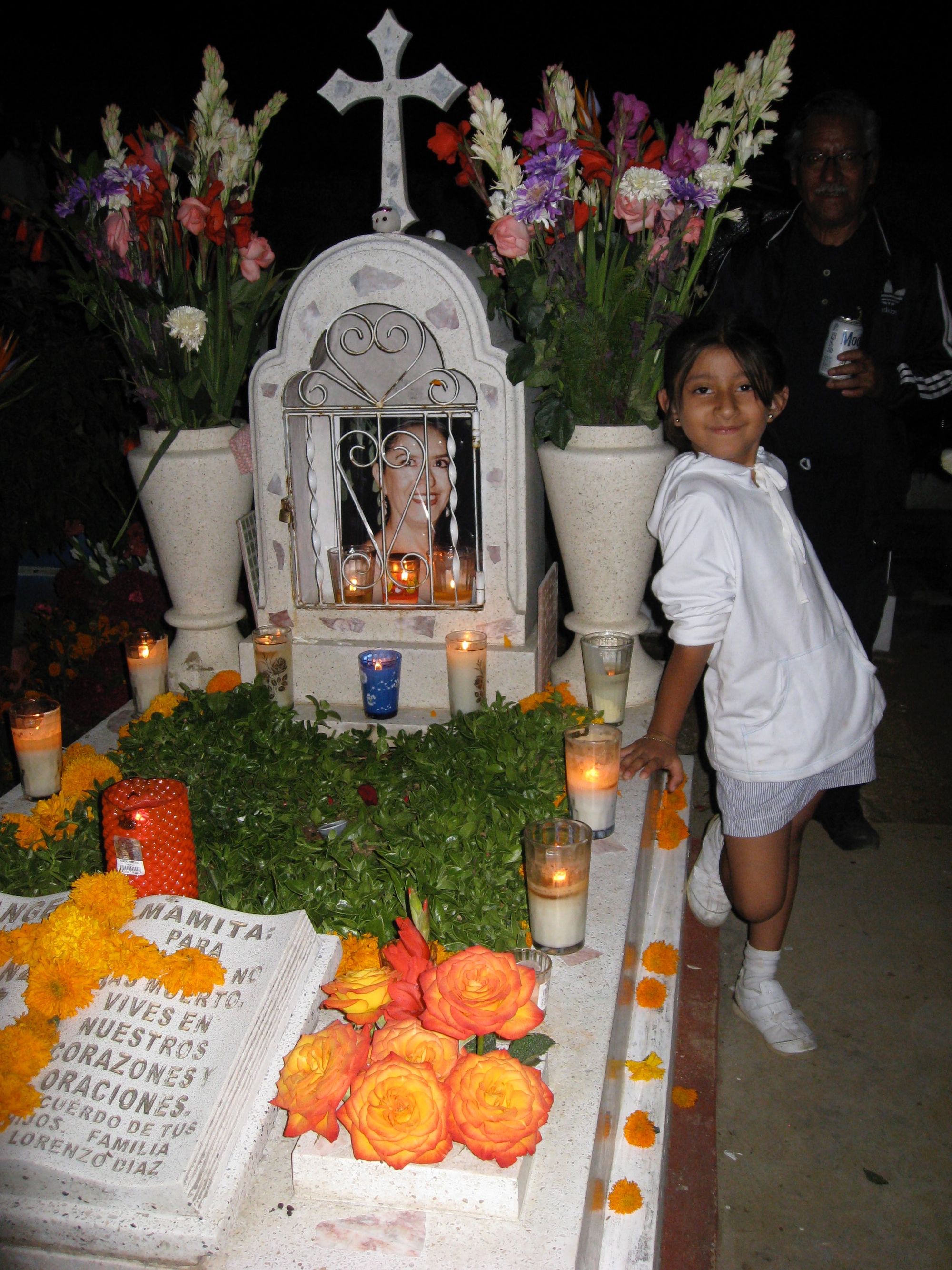
The photos in this post are all from my trip in 2011, and I hope to visit those cemetery celebrations again sometime, before I cross over to the other side.


